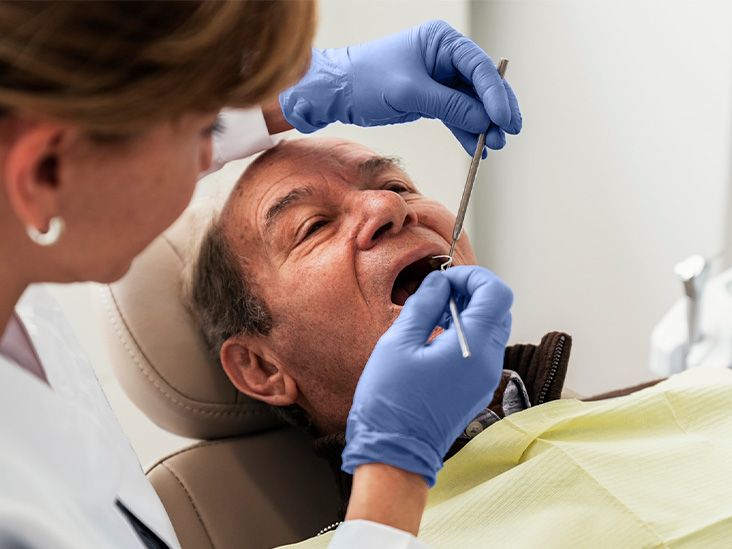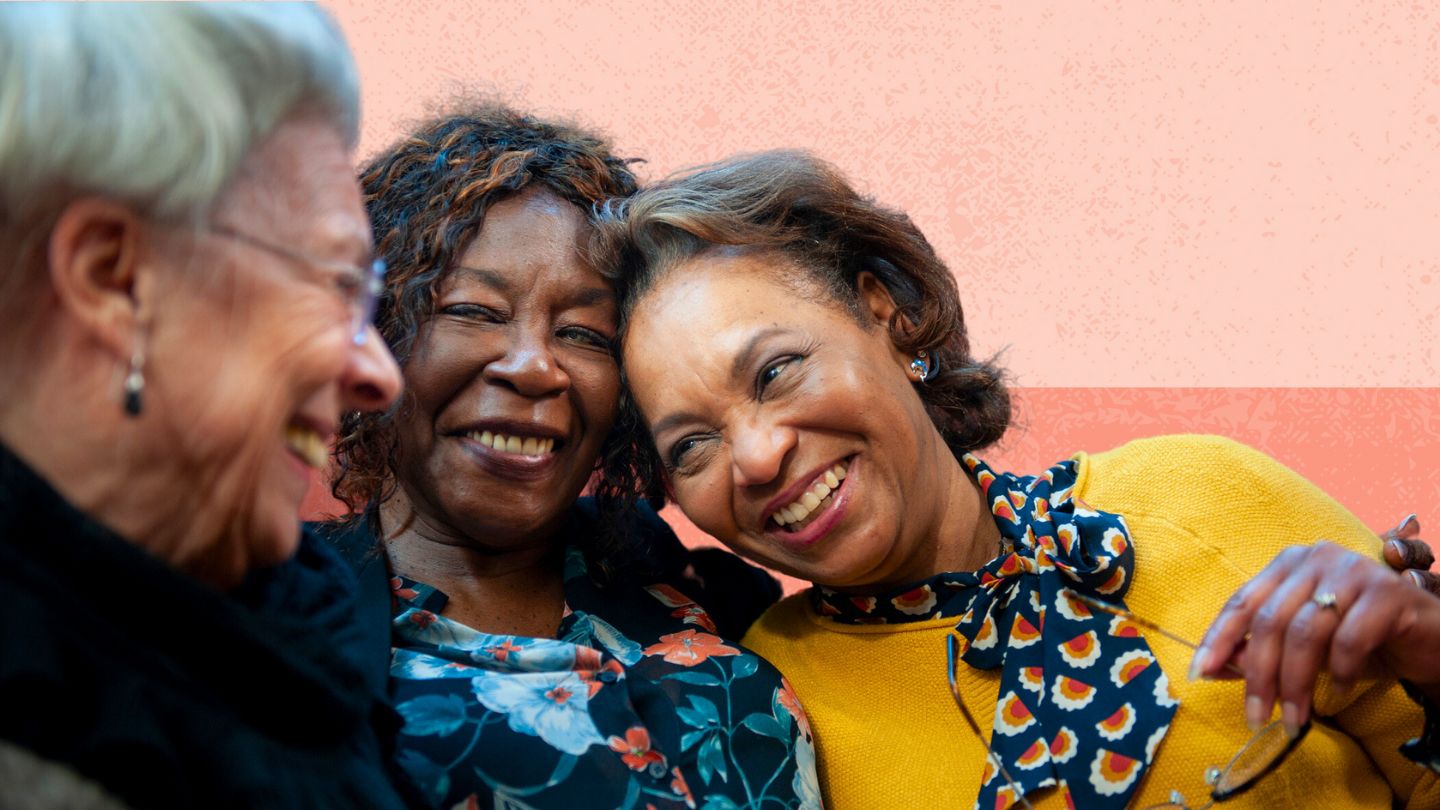Hey there! Let me ask you something have you ever looked at two people your age and thought, "Wow, they're aging so differently"? Maybe one friend still hikes every weekend while another seems to tire easily just walking up a flight of stairs. That's not just about genetics or "good luck" it's actually a fascinating concept called secondary aging.
I know what you're thinking aging is just aging, right? Well, not quite. While we all experience primary aging (the natural, inevitable slowdown that happens to everyone), there's another layer that's entirely within our control. This is secondary aging, and understanding it might just be the key to feeling vibrant well into your golden years.
Understanding Secondary Aging
Let's break this down together. Imagine your body is like a car. Primary aging is like the normal wear and tear the paint naturally fades, the engine slows down a bit over time. Secondary aging, on the other hand, is like the damage from accidents, poor maintenance, or driving through rough conditions.
Secondary aging refers to the physical and mental changes that result from lifestyle choices, environmental factors, and diseases not just the passage of time. What makes this so empowering is that many of these factors are completely within our influence.
Think about it this way: while you can't stop time, you can choose whether to speed through life with reckless abandon or take the scenic route with regular maintenance stops along the way.
Distinguishing Types of Aging
| Type | Description | Causes | Reversibility |
|---|---|---|---|
| Primary Aging | Natural biological process affecting everyone equally over time | Genetics, time | Not preventable only slowed |
| Secondary Aging | Age-related changes influenced by lifestyle, illness, environment | Diet, disease, exercise habits | Often preventable or reversible |
This distinction is crucial because secondary aging is where we can actually make a real difference. While we can't prevent gray hair or fine lines that come naturally with age, we absolutely can influence whether we develop heart disease, diabetes, or lose our mobility prematurely.
According to research, over 133 million Americans live with at least one chronic condition, many of which are directly linked to secondary aging. These aren't just "part of getting old" they're often preventable consequences of our daily choices.
Major Conditions Linked to Secondary Aging
Let's talk about some of the big players when it comes to secondary aging. These conditions aren't inevitable badges of honor that come with birthdays they're often the result of accumulated lifestyle choices and environmental exposures:
- Heart Disease
- Type 2 Diabetes
- Cancer
- High Blood Pressure
- Arthritis and Joint Problems
- Osteoporosis
- Alzheimer's Disease
- Parkinson's Disease
- Stroke
When I look at this list, what strikes me is that many of these conditions seem to creep up quietly. You might think, "Oh, I'm just getting older" when you feel more tired or notice your joints aching. But recognizing these as potential signs of secondary aging empowers us to take action before they become serious problems.
Lifestyle Factors That Accelerate Aging
Here's where things get really interesting and honestly, a bit sobering. Our daily habits, the choices we make without much thought, can either be our best allies or our worst enemies in the aging process.
Think about the last week: How many hours did you spend sitting? Did you choose processed foods over home-cooked meals? Did stress keep you up at night? These seemingly small moments accumulate into something much bigger over time.
Unhealthy Habits That Speed Things Up
Sedentary behavior is like slow-motion rust. When we sit too much, we lose muscle mass, our joints stiffen, and our risk of falls increases. It's not dramatic or obvious, but the compound effect is real.
Smoking? That's like throwing gasoline on the aging fire. It damages our lungs, accelerates skin aging, and increases inflammation throughout the body. Even secondhand smoke exposure contributes to this process.
Poor nutrition creates a perfect storm for secondary aging. When we consistently choose foods high in sugar and processed ingredients, we're essentially feeding the very conditions we want to avoid diabetes, heart disease, and inflammation.
And alcohol abuse? Our organs bear the brunt of this, leading to cardiovascular issues and other serious health complications over time.
Good Habits That Actually Turn Back the Clock
But here's the beautiful part just as unhealthy habits accelerate aging, healthy choices can slow it down, and sometimes even reverse damage.
Plant-rich diets are like giving your cells tiny shields. The antioxidants found in colorful fruits and vegetables help fight oxidative stress, which is a major player in aging. When you choose a salad over fast food, you're literally nourishing your future self.
Strength training becomes increasingly important as we age. Those muscles aren't just for looking good they're your ticket to independence. More muscle mass means better balance, stronger bones, and the ability to maintain your lifestyle for years to come.
Managing stress isn't just about feeling better today it's about protecting your brain and body for tomorrow. Chronic stress literally ages us at the cellular level, but practices like meditation, walking in nature, or simply laughing with friends can counteract this.
Staying socially connected is more than just fun it's actually protective for your brain. Isolation increases the risk for dementia and depression. So that coffee date with a friend isn't just enjoyable; it's an investment in your cognitive health.
Environmental Influences We Often Ignore
We tend to think about aging in terms of what we eat and how much we exercise, but our environment plays a surprisingly big role too. The air we breathe, the chemicals we're exposed to, even the amount of sun we get these all contribute to secondary aging.
Air pollution, for instance, is linked to cognitive decline and cardiovascular disease. When we live in highly polluted areas or work in environments with poor air quality, we're essentially putting our body under constant stress. The particulates in polluted air can trigger inflammation throughout our system, accelerating aging processes.
Sun exposure without proper protection is another major factor. While some sun is beneficial for vitamin D production, excessive exposure without SPF protection contributes to premature wrinkles and increases skin cancer risk. It's one of those things that seems minor in our twenties but really catches up with us.
The Mental and Emotional Dimension
Here's something that surprised me when I first learned about it our mental and emotional health isn't separate from our physical aging process. In fact, psychological stress can literally shrink areas of the brain associated with memory.
Long-term isolation isn't just lonely it's actually dangerous for our health. Research shows that chronic social isolation increases the risk for dementia, depression, and weakened immunity. When we withdraw from social connections, we're not just missing out on fun we're putting ourselves at higher risk for serious health issues.
This is why staying engaged with community, maintaining friendships, and seeking help when we're struggling emotionally isn't just about feeling good in the moment it's about protecting our long-term health.
Real-Life Stories That Illustrate the Difference
Let me tell you about Sarah and Jim two neighbors in their late sixties who couldn't be more different, despite their similar ages.
Sarah takes daily walks around her neighborhood, prepares most of her meals at home, and makes regular visits to her doctor. She volunteers at the local library and stays in touch with her children and grandchildren.
Jim, on the other hand, rarely leaves his apartment, eats mostly convenience foods, and hasn't seen a doctor in years. He's become increasingly isolated since retiring and often feels tired even after sleeping.
When they both visit their doctor for routine check-ups, the differences are striking. Sarah's vital signs are excellent, her mobility is strong, and her cognitive function is sharp. Jim, meanwhile, is dealing with prediabetes, high blood pressure, and joint pain that limits his activities.
Their chronological ages are the same, but their biological ages how their bodies are actually functioning are worlds apart. This is secondary aging in action, and it shows us just how much our choices matter.
Practical Ways to Prevent Secondary Aging
Okay, so we know secondary aging is largely preventable. But how do we actually do it? What does it look like in real life?
First, let's separate the inevitable from the preventable. Primary aging means we'll get gray hair and perhaps need reading glasses. Secondary aging means we might feel tired, gain weight unnecessarily, or develop diseases that could have been avoided.
Here are some science-backed strategies that can make a genuine difference:
Daily Movement That Actually Counts
You don't need to run marathons or spend hours at the gym. Simple activities like walking, yoga, or even dancing in your living room can be incredibly beneficial. The key is consistency. Even twenty minutes a day of moderate activity can improve cardiovascular health, maintain muscle mass, and boost mood.
Nutrition That Nurtures
Focus on whole foods that are as close to their natural state as possible. Think colorful vegetables, fruits, lean proteins, and healthy fats. This isn't about perfection it's about making better choices more often than not. When you consistently fuel your body with nutrient-dense foods, you're giving it the building blocks it needs to repair and regenerate.
Managing Health Conditions Proactively
If you already have conditions like diabetes or high blood pressure, managing them well becomes part of preventing further secondary aging. This means taking medications as prescribed, monitoring relevant health metrics, and working with your healthcare provider to keep things under control.
Tracking your health numbers blood sugar, cholesterol, blood pressure isn't just for your doctor's appointments. It's about understanding your body and catching potential issues before they become serious.
Environmental Protection Strategies
Simple steps can reduce your exposure to aging accelerants. Use water filters, wear sunscreen daily, choose natural cleaning products when possible, and be mindful of air quality in your area. These aren't drastic lifestyle changes they're small protective measures that add up over time.
Keeping Your Mind and Heart Active
Mental stimulation and social connection are non-negotiable when it comes to healthy aging. Whether it's reading, doing puzzles, learning new skills, or maintaining relationships, keeping your brain engaged is protective against cognitive decline. Similarly, staying connected to others provides emotional support and cognitive benefits.
Recognizing Early Warning Signs
Becoming aware of potential warning signs can help you take action before problems become severe. Pay attention to subtle changes in your energy levels, mood, physical function, and overall well-being.
If you're experiencing increased fatigue during normal activities, unexplained swelling, irregular heartbeat, mood changes, or decreased flexibility and balance, these might be signs worth discussing with a healthcare provider. Early intervention can often prevent minor issues from becoming major problems.
Remember, aging is natural, but suffering isn't inevitable. Recognizing the difference between normal primary aging and concerning secondary aging signs empowers you to seek help when needed.
Moving Forward With Confidence
As we wrap this up, I want you to remember one thing: secondary aging isn't a punishment or an unavoidable consequence of getting older. It's largely driven by choices we make every day what we eat, how much we move, how we manage stress, and how well we take care of ourselves.
Understanding the difference between what we can control (secondary aging) and what we can't (primary aging) is liberating. It means we have agency in our own aging process. We're not just passive passengers in the journey of life we're the drivers.
So what small change can you make starting today? Maybe it's taking a twenty-minute walk, choosing one extra serving of vegetables, or calling a friend you haven't talked to in a while. The key is starting somewhere even small steps in the right direction make a difference.
Because aging well doesn't have to happen by accident. It can happen by design, one thoughtful choice at a time. You've got this, and you're already taking the first step by learning about this important topic. That awareness is power now it's time to use it.
FAQs
What is secondary aging?
Secondary aging refers to age-related changes influenced by lifestyle, environment, and disease, rather than natural biological processes.
How is secondary aging different from primary aging?
Primary aging is inevitable and genetic, while secondary aging can often be prevented or slowed through healthy habits and medical care.
What diseases are linked to secondary aging?
Conditions like heart disease, diabetes, arthritis, and dementia are commonly associated with secondary aging.
Can secondary aging be reversed?
While not fully reversible, many effects of secondary aging can be slowed or improved through lifestyle changes and early intervention.
What are some signs of secondary aging?
Warning signs include chronic fatigue, joint pain, memory issues, and increased susceptibility to infections or injuries.
Disclaimer: This article is for informational purposes only and does not constitute medical advice. Always consult with a healthcare professional before starting any new treatment regimen.
Related Coverage
Find the best Alaska Medicare plans for 2025. Compare Part D, Medigap, and Original Medicare options tailored to your needs....
Find the best Medicare in Iowa options, from plans to eligibility and resources. Get clear guidance tailored to your needs....
Know your Medicare guaranteed rights to secure coverage without discrimination. Get the protection you deserve when it matters most....
Get the facts on Medicare Advantage dental coverage, including what's included, how to find care, and plan comparisons....
Get clear, simple help with Medicare in Illinois. Learn about coverage options, enrollment periods, and how to choose the right plan for you....
Find out if Medicare covers Uber rides for medical appointments and discover alternatives to make transportation easier and more affordable....
Choosing between walkers vs canes depends on your balance, strength, and daily needs. Find the right mobility aid for you....
Dying and dieing are often confused due to similar spellings. Learn the proper uses of dying, why dieing is incorrect, and tips to remember the right word....
Doing crossword puzzles and word games regularly helps maintain mental sharpness while providing physical health benefits that support healthy aging across areas like memory, mood and lifespan....
Learn how long Adderall stays effective for ADHD symptoms with immediate and extended release forms. Get tips for timing doses and minimizing ongoing side effects....









